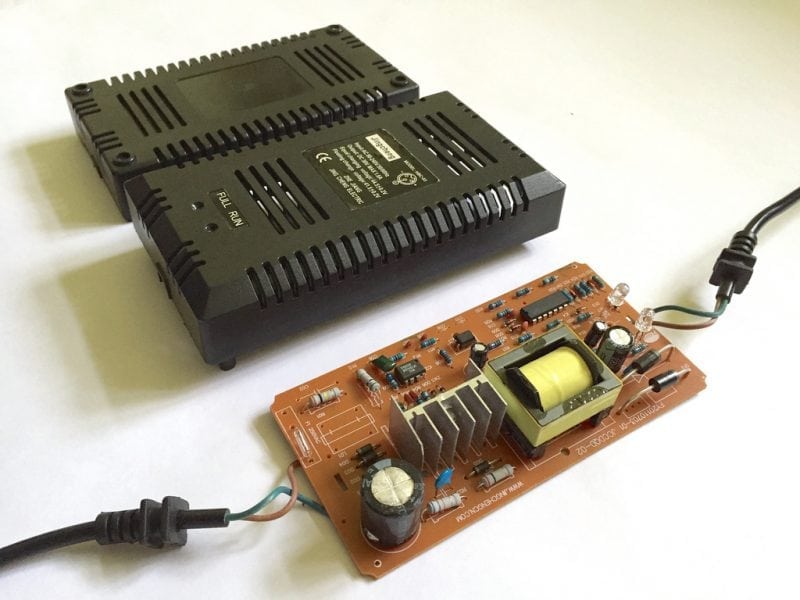
With the fast increasing pressure of resources and environmental issues, clean energy is becoming an urgent demand in our life. Among various candidates of cathode materials, layered Li[NixCoyMn1-x-y]O2 (0≤x≤1, 0≤y≤1) cathode materials has been gradually employed on EVs, HEVs and PHEVs and other electronic products and shows a promising future compared with the toxic LiCoO2 and the relatively low energy density LiMn2O4.
Unfortunately, many obstacles such as Li/Ni mixing, side-reactions between the electrode and electrolyte, safety and so on, especially at a high cut-off voltage, hinder the commercialization process. Many efforts such as ion substitution, surface coating and new synthetic routine etc. on NCMs are made by the researchers to improve the high cut-off voltage performance.
Recently, layered Li[NixCoyMn1-x-y]O2 (0≤x≤1, 0≤y≤1) cathode materials prepared by a hydrothermal lithiation routine has been investigated by the researchers from Central South University, P.R. China. The obtained LiNi0.5Co0.2Mn0.3O2 cathode materials exhibit an excellent electrochemical performance.
Firstly, the lithiated transition metal oxide precursor has been prepared via a hydrothermal process. Compared with the traditional solid-state method, the lithiation process assists Li+ to diffuse into the spherical-like particle’s crystal structure, resulting in the formation of the lithiated composite oxide precursor with typical α-NaFeO2-type layered structure in aqueous solution.
Besides, the aqueous lithiation process also helps the Li homogeneously distribute in the particles at an atomic level, avoiding the uneven lithium distribution by traditional solid state method. Those effectively promote the preparation of the cathode materials with high performances in the post-heat treatment.
Secondly, the obtained LiNi0.5Co0.2Mn0.3O2 cathode materials exhibit an excellent structural and interfacial stability as well as kinetic characters. The decreased Li/Ni mixing (only 2.27%) and suppressed polarization effects (the voltage drop is only 0.41 V after 100 cycles) demonstrate that the obtained NCM cathode has an enhanced structural and interfacial stability. Compared with the traditional solid state method, the as-prepared NCM523 cathode material shows a suppressed charge transfer resistance (Rct) and a higher lithium ion coefficient (10-8-10-11 cm2·s-1) upon cycling, indicating enhanced kinetic characters.
Importantly, the electrochemical properties at high cut-off voltage have been remarkably improved. The as-prepared NCM523 cathodes deliver a superior initial capacity of 187.3 mAh g-1 and corresponding to the capacity retention of 81.90% after 100 cycles over 3.0~4.6 V at 1C rate (1C= 155 mAh g-1), far higher than that of the same cathode prepared by the traditional solid-state method (the initial capacity is 186.6 mAh g-1 and the capacity retention is only 74.11%). The rate capability has also strengthened after the hydrothermal lithiation.
Based on this discovery, it is believed that the hydrothermal lithiation would be potentially applied in improving the electrochemical properties of the layered Li[NixCoyMn1-x-y]O2 (0≤x≤1, 0≤y≤1) cathode materials, especially at the high cut-off voltage.
The work is led by Prof. Yunjiao Li. The paper, Enhancing the High-voltage Electrochemical Performance of the LiNi0.5Co0.2Mn0.3O2 Cathode Materials via Hydrothermal Lithiation, is published in Journal of Material Science, (2018) 53:2115-2126.








